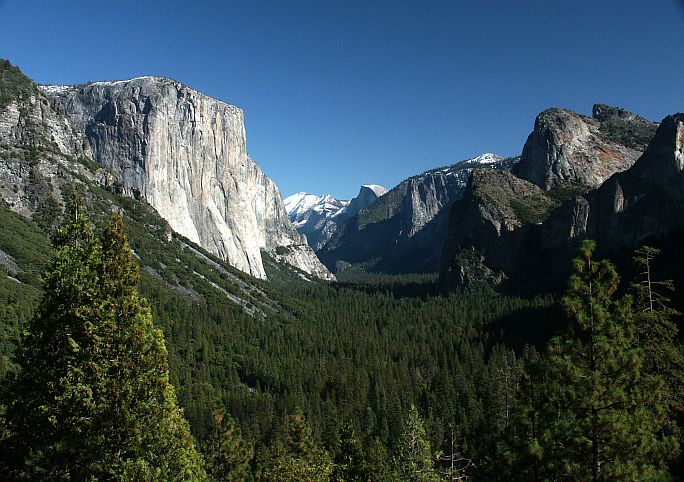Fault-Block Mountains
- Get link
- X
- Other Apps
Fault-block mountains are fascinating geological features that arise from the movement of large blocks of the Earth's crust along faults. These mountains exhibit unique characteristics and offer breathtaking landscapes. In this article, we will explore the formation, characteristics, and examples of fault-block mountains.
Formation of Fault-Block Mountains:
Fault-block mountains are primarily formed by tensional forces in the Earth's crust, which result in the block-like uplift or down-dropping of large segments of rock. These forces create faults, which are fractures in the Earth's crust along which movement occurs. In the case of fault-block mountains, the movement is predominantly vertical.
As the Earth's crust experiences tension, it begins to crack and fracture. These cracks, or faults, become zones of weakness along which blocks of rock move either upward or downward. The upward movement creates uplifted blocks, known as horsts, while the downward movement results in depressed blocks, known as grabens. The alternating pattern of horsts and grabens gives fault-block mountains their characteristic block-like appearance.
Characteristics of Fault-Block Mountains:
Fault-block mountains exhibit several distinctive features that set them apart from other types of mountains. Here are some key characteristics:
1. Block-Like Structure: The most notable characteristic of fault-block mountains is their block-like structure. They consist of large, elongated blocks of rock that have been displaced along faults. These blocks often have steep, vertical sides and relatively flat tops or plateaus.
2. Horsts and Grabens: Fault-block mountains consist of alternating horsts and grabens. Horsts are the uplifted blocks of rock between faults, while grabens are the depressed blocks. This alternating pattern creates a series of parallel mountain ranges and valleys.
3. Steep Escarpments: Fault-block mountains are typically characterized by steep escarpments, which are the steep, cliff-like slopes that form on the sides of the uplifted blocks. These escarpments can be several hundred meters high and provide stunning panoramic views.
4. Linear Orientation: Fault-block mountains often exhibit a linear orientation, stretching for long distances. This linear arrangement is a result of the movement along fault lines, creating a series of parallel mountain ranges.
5. Fault Scarps: Fault scarps are prominent features of fault-block mountains. They are steep cliffs or slopes that mark the boundary between the uplifted blocks and the adjacent grabens. Fault scarps are formed by the vertical displacement along the faults.
Examples of Fault-Block Mountains:
Fault-block mountains can be found in various regions around the world, showcasing diverse landscapes and geological histories. Here are a few notable examples:
1. Sierra Nevada: The Sierra Nevada mountain range in California, USA, is a classic example of fault-block mountains. It is characterized by its steep eastern escarpment, the Sierra Nevada Escarpment, which rises abruptly from the adjacent basin and range region. The range is composed of multiple fault blocks that have been uplifted along normal faults.
2. Tetons: The Teton Range in Wyoming, USA, is another striking example of fault-block mountains. It is part of the larger Rocky Mountains and features rugged peaks, including the iconic Grand Teton. The Teton Range formed as a result of the Teton Fault, which has uplifted the western block, creating a dramatic landscape.
3. Harz Mountains: The Harz Mountains in Germany are a prominent fault-block mountain range. They are known for their picturesque landscapes, dense forests, and historic mining towns. The Harz Mountains formed through the uplift of blocks along the faults related to the complex tectonic history of the region.
4. Vosges Mountains: The Vosges Mountains in France and Germany are another example of fault-block mountains. This mountain range features a series of parallel ridges and valleys, with steep escarpments along the eastern side. The Vosges Mountains are the result of the uplift of blocks along the Rhine Graben fault system.
These examples highlight the diverse nature of fault-block mountains and their significance in shaping the Earth's surface. Each mountain range has its own unique geological history, landscapes, and cultural importance.
In conclusion, fault-block mountains are captivating geological formations resulting from the vertical movement of large blocks of rock along faults. Their block-like structure, alternating horsts and grabens, and steep escarpments create stunning landscapes. From the Sierra Nevada in the United States to the Harz Mountains in Germany, fault-block mountains offer breathtaking vistas and provide a glimpse into the Earth's dynamic geology.
- Get link
- X
- Other Apps

Comments
Post a Comment